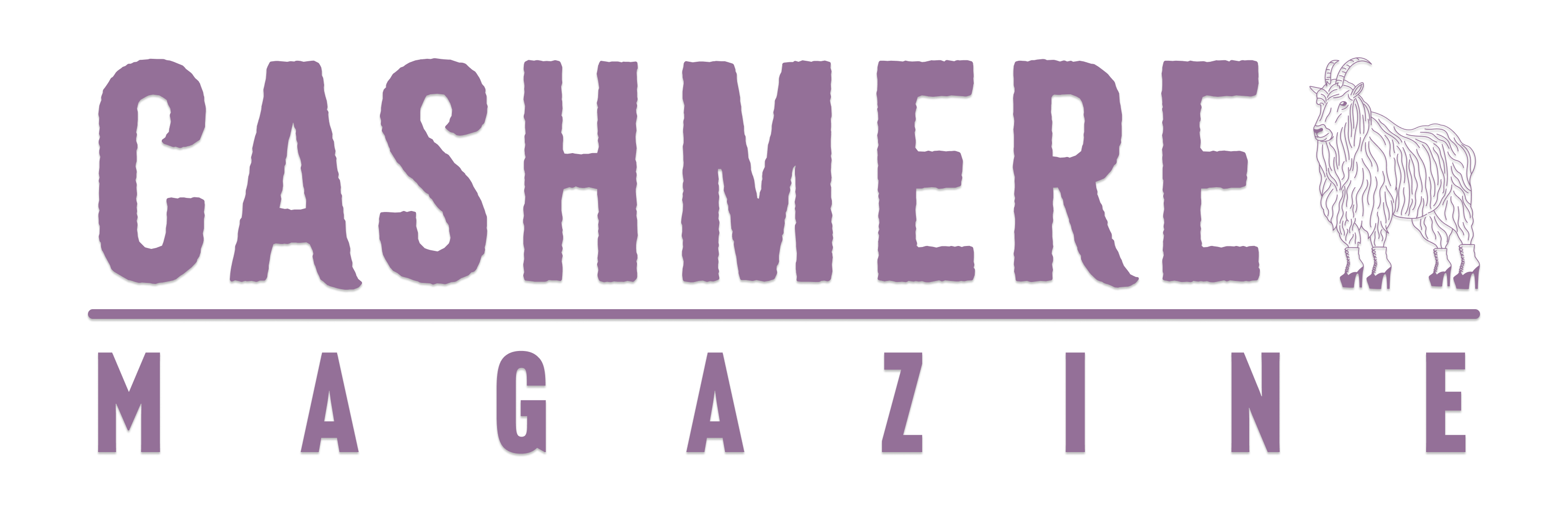
“When I first started #bookstagram, it was very hard being a Black romance [book] reviewer. Because not many people respected the art of Black romance,” Taima Rolle said. Rolle, who runs an Instagram and TikTok page dedicated to Black romance and erotica literature, is among the many Black romance and erotica enthusiasts bringing attention to the genre.
Arguably, American popular culture has ignored the lives of Black women, particularly their sex lives. Even with recent coming-of-age stories such as the films Easy A, Little Women, or Juno, their plots predominantly center white and cisnormative stories.
From shows like Sex and the City to Lena Dunham’s Girls, Black women aren’t usually the focus, and their pleasure is even less so. Thus, Black romance, pointedly erotica, has faced sizable barriers in the world of publishing.
Looking to Black feminist bell hooks, who notes in an “imperialist white supremacist heteropatriarchy” society where Black suffering is heightened, Black love serves as a form of political resistance. Through select publishers like Harlequin and a thriving independent scene, authors and readers of the Black erotica and romance genre are cultivating communities committed to, and enhancing, the sexual lives of Black women.
Romance isn’t just for white women
The concept of romance generally has been defined by white European standards.
What it means to be romantic, and who is privileged to experience romance leaves out Black women. From the classic love epic Romeo & Juliet to the millennial’s Notebook, whiteness and traditional femininity excludes Black women. “Sometimes, it has to be a certain type of Black people, for them to believe Black people deserve love,” Taima Rolle elaborated.
African American women’s sexual autonomy has unfortunately been guided by the legacy of chattel slavery, serving as devalued labor in America’s foundation. Historically viewed as highly sexual beings undeserving of femininity compared to their white counterparts, Black women’s sexual liberation is shaped by class and race.
For instance, in the sex work economy, Black women are extremely vulnerable. As adult film stars they receive fewer roles, and in criminalized sex work, poorer Black women often rely on street prostitution, in highly policed neighborhoods.
“They do have room for us, it just has to be what [publishers] are looking for or we have to create that door ourselves.” India T Norfleet noted. Norfleet, a Black erotica author, has published over a dozen books, some independently.
In one of her most popular books Cum Sit On It, Norfleet weaves together the steamy and all consuming love story of A’Marie Graham and Dominic Gibson. What separates urban erotica or Black romance from its companions is the emphasis on the Black experience and identity no matter the plot.
Black love, and stories about it, are worth investing in
For decades Harlequin, North America’s premier publisher of romance and women’s fiction, omitted Black love. It wasn’t until the 80s and 90s that Black readers saw the emergence of the Black romance and erotica genre, with a few major publishing houses establishing lines dedicated to Black love such as Kensington Publishing with their Arabesque line. Sandra Kitt would publish her book Serenade under the line.
Such investment led to Eric Jerome Dickey’s author journey: publishing 15 novels dedicated to Black life, especially romance. His 1998’s Milk in My Coffee was a New York Times Bestseller which told the love story of an interracial couple. Later, Sistah Souljah’s The Coldest Winter burst onto the scene in 1999, altering the landscape of Black literature.
The story is a mix of erotica and street lit, focused on characters of lower-income communities. It sparked the renaissance of Black erotica in the early 2000s. Kristina Laferene Roberts, under the pseudonym of Zane, became a New York Times bestselling author with erotic works such as Dear G-Spot and The Hot Box. For the first time, Black women could find a representation of their love in literature.
In her 1978’s “Uses of the Erotic: The Erotic as Power” essay, prominent Black feminist Audre Lorde states “The erotic is a resource within each of us that lies in a deeply female and spiritual plane, firmly rooted in the power of our unexpressed or unrecognized feeling.” For Black women, erotic desires or experiences aren’t usually given enough space to flourish. In the literary world, they can be.
Norfleet added, “A lot of women come to me and tell me they are not satisfied or can’t talk about sex openly. That they are not being sexually satisfied, are too uncomfortable talking with their partner about their sexual desires or even knowing what they like or how they want to be pleased sexually. When I really got into writing erotica, it was my voice for that community.”
Respectability politics in the Black community has hindered girls and women from engaging in healthy sexual dialogue. Regarded as “fast” at the earliest inclinations of sex curiosity, Black girls and women can endure cycles of sexual abuse due to not being seen as “victims,” effectively throwing their resilience and strength back in our faces.
Urban erotica, as a genre, provides space to change that. It allows depictions of healthy love, desire, and beauty rooted in Blackness.
